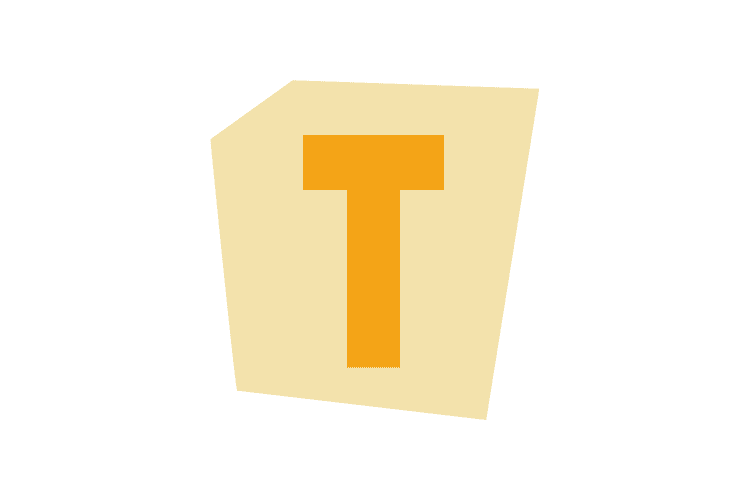Centering elements is a common task in web design. It can be tricky, especially when dealing with different types of elements and layouts. In this tutorial, we will guide you through the process of horizontally centering a div element using CSS3.
Table of Contents
ToggleCentering a Block Element
To center a block element like a div, you need to set the left and right margins to auto and specify a width for the element. Here’s an example:
div {
margin-left: auto;
margin-right: auto;
width: 50%;
}
In this example, the div will take up 50% of the width of its parent element, and it will be centered within that parent element.
Centering an Inline or Inline-Block Element
To center an inline or inline-block element, you need to set the text-align property to center on the parent element. Here’s an example:
.parent {
text-align: center;
}
.child {
display: inline-block;
}
In this example, the .child element will be centered within the .parent element.
Centering Using Flexbox
CSS3 introduces the Flexible Box Layout Module, or flexbox, which provides a more efficient way to layout, align, and distribute space among items in a container. To center a div using flexbox, you can use the justify-content and align-items properties. Here’s an example:
.parent {
display: flex;
justify-content: center;
align-items: center;
}
In this example, the child elements of the .parent element will be centered both horizontally and vertically.
Centering Using CSS Grid
CSS Grid Layout is another powerful layout system available in CSS3. It’s a 2-dimensional system, meaning it can handle both columns and rows. To center a div using CSS Grid, you can use the place-items property. Here’s an example:
.parent {
display: grid;
place-items: center;
}
In this example, the child elements of the .parent element will be centered both horizontally and vertically.
Conclusion
CSS3 provides several methods for centering a div element. Depending on the type of element and the layout you’re working with, you might choose to use margins, text alignment, flexbox, or CSS Grid. By understanding these methods, you can create more flexible and responsive layouts. Happy coding!

